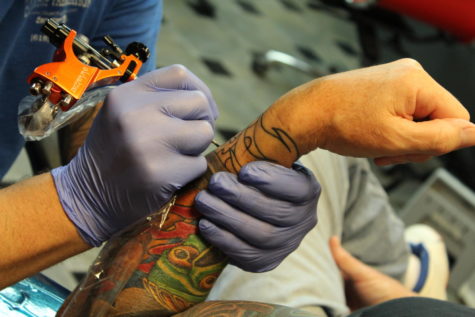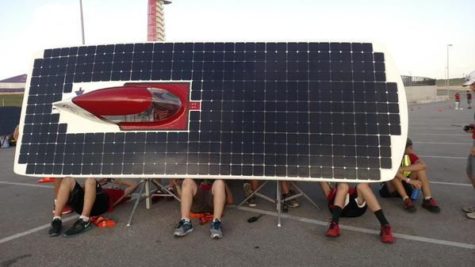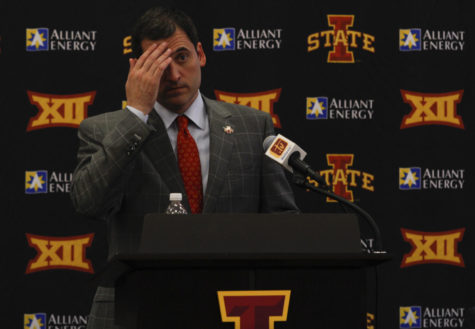LGBTQA Definitions
September 24, 2014
The LGBT acronym is no longer just four letters. There are more gender and sexual identities than ever before. There are different identifications and categories they fall under.
Categories:
Biological Sex: usually based on a person’s reproductive organs or number of certain chromosomes in DNA.
Gender: the social organization of a person’s femininity or masculinity. This often includes a person’s gender assignment at birth, gender roles and own personal gender identity.
Sexual Identity: how people defines their degree of desire for an intimate or sexual relationship with a member of their own or a different gender.
Queer: embraces an array of identities, sexual desires and habits of the not exclusively heterosexual and monogamous majority. This is a reclaimed term as it was, in the past, used as a slur against the queer community.
Identities and terms that are relatively unknown:
Crossdresser: the act of wearing make-up, clothing, etc. that is deemed appropriate for another gender but not one’s own. This is not to be confused with dressing in drag, which is done for entertainment purposes.
Cisgender: someone who agrees with his or her assigned gender at birth. It’s a term preferred over “real” male or female.
Asexual: individuals who do not experience attraction to others in an erotic sense, regardless of gender. Although there is no sexual attraction, a romantic attraction may still take place.
FTM and MTF: “Female to Male” and “Male to Female” the transition from one gender to another. Some transgender individuals reject this, claiming they have always been male or have always been female.
Definitions courtesy of Lesbian, Gay, Bisexual and Transgender Student Services. For a full story on a recent LGBTSS event, click here.















